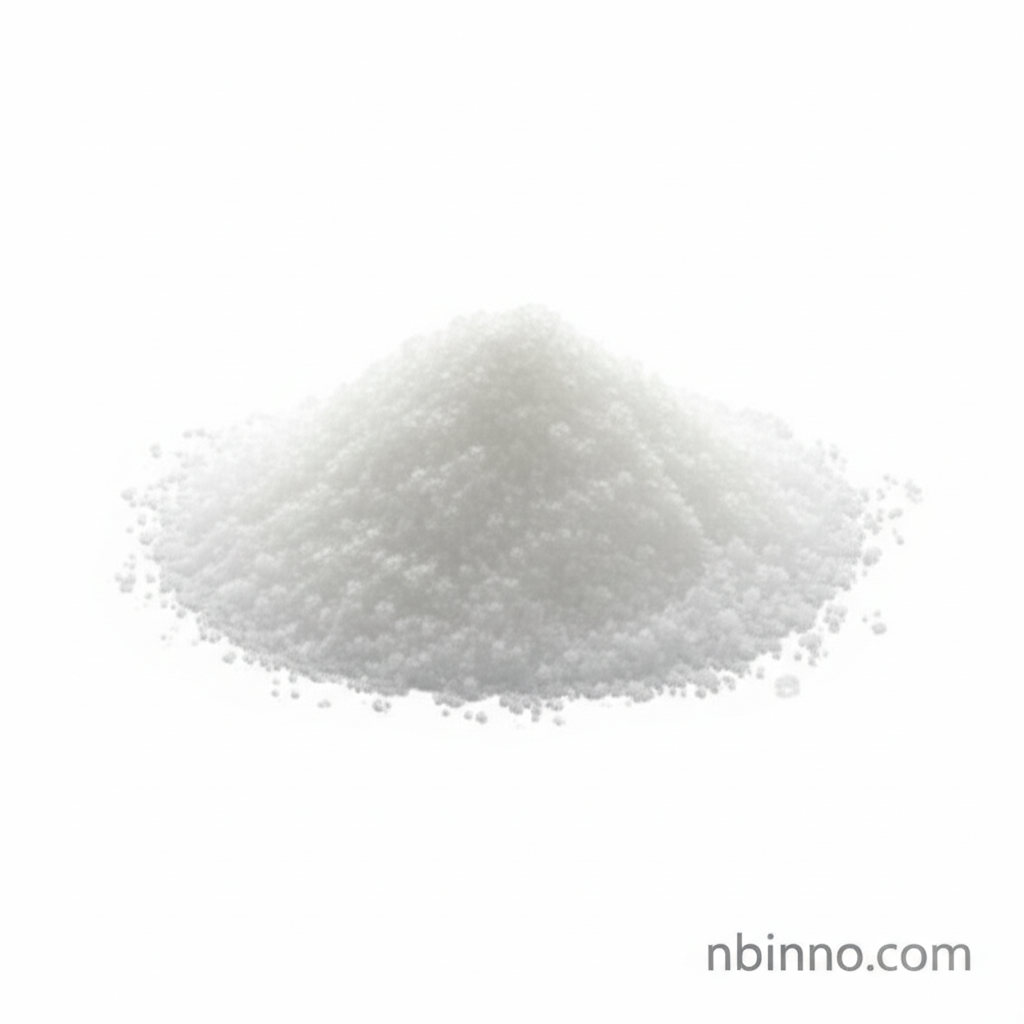2,5-Dimethyl-2,5-hexanediol: A Versatile Diol for Chemical Synthesis and Industrial Applications
Discover the unique properties and broad applications of this essential chemical intermediate.
Get a Quote & SampleProduct Core Value

2,5-Dimethyl-2,5-hexanediol
2,5-Dimethyl-2,5-hexanediol is a crucial organic compound recognized for its distinctive chemical structure and versatile utility. Its primary value lies in its role as a key intermediate for synthesizing advanced materials and chemicals. This compound's specific properties make it indispensable in various industrial processes, particularly in the production of polymers and specialized chemical compounds.
- Unlock new synthesis pathways with 2,5-Dimethyl-2,5-hexanediol applications, enabling the creation of complex molecules.
- Understand the vital chemical intermediate 2,5-Dimethyl-2,5-hexanediol synthesis processes that lead to high-purity products.
- Explore the physical and chemical 2,5-Dimethyl-2,5-hexanediol properties that make it suitable for demanding applications.
- Leverage CAS 110-03-2 uses to enhance your production efficiency and product quality in various sectors.
Key Advantages
Enhanced Polymer Properties
Utilize the specific molecular structure of 2,5-Dimethyl-2,5-hexanediol to improve the performance characteristics of polyethylene copolymers and rubbers, contributing to superior material integrity.
Versatile Chemical Building Block
As a vital component in organic synthesis, this diol offers a platform for developing novel heterocyclic boron compounds and other advanced materials, facilitating innovation in chemical research.
Reliable Industrial Intermediate
Benefit from the consistent quality and availability of CAS 110-03-2 uses in large-scale industrial processes, ensuring seamless production cycles.
Key Applications
Polymer Manufacturing
Serve as a critical intermediate in the preparation of 2.5-Dimethyl-2.5-bis(tert-butyl-peroxy)hexane, essential for producing advanced polyethylene copolymers and rubbers.
Fine Chemical Synthesis
Act as a versatile building block for the synthesis of six- and seven-membered heterocyclic boron compounds, opening avenues for novel material development.
Research and Development
Employ its unique properties as a stabilizer or solvent in various experimental setups, aiding in the precise execution of scientific research and analysis.
Material Science Innovation
Contribute to the development of new materials by leveraging its chemical reactivity and structural attributes in complex organic synthesis procedures.
